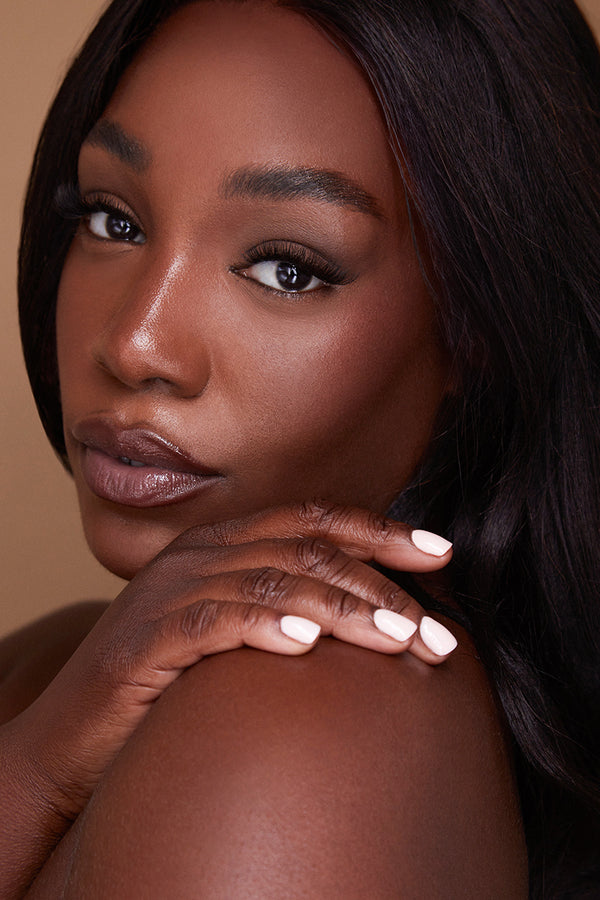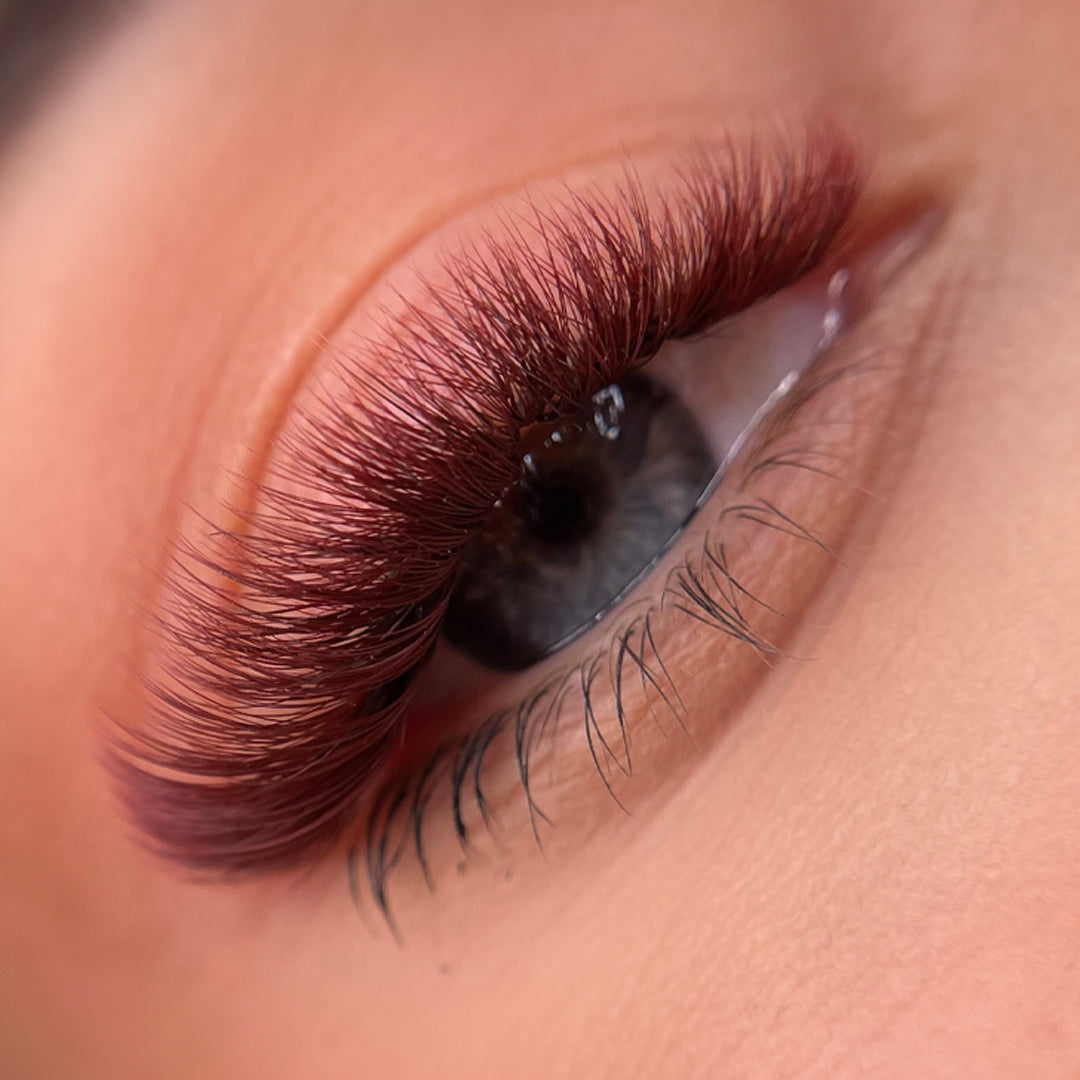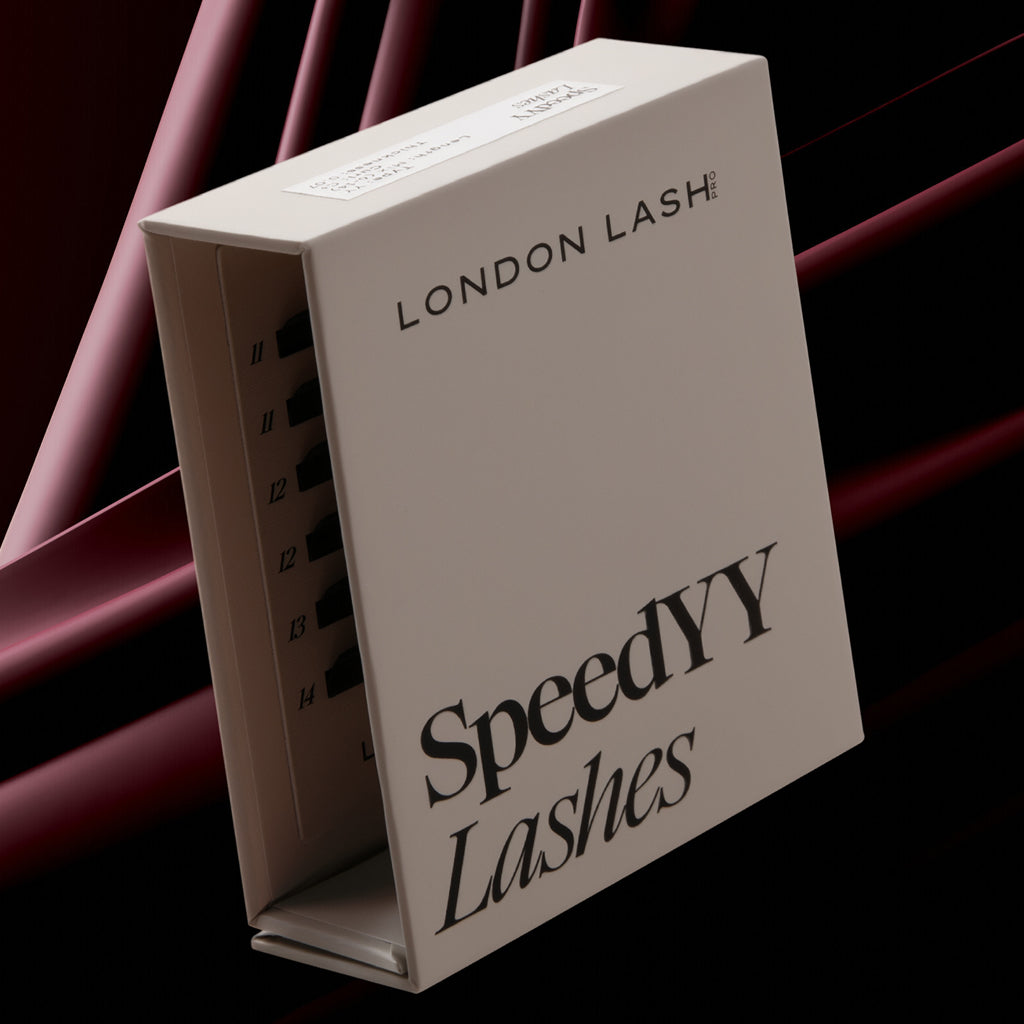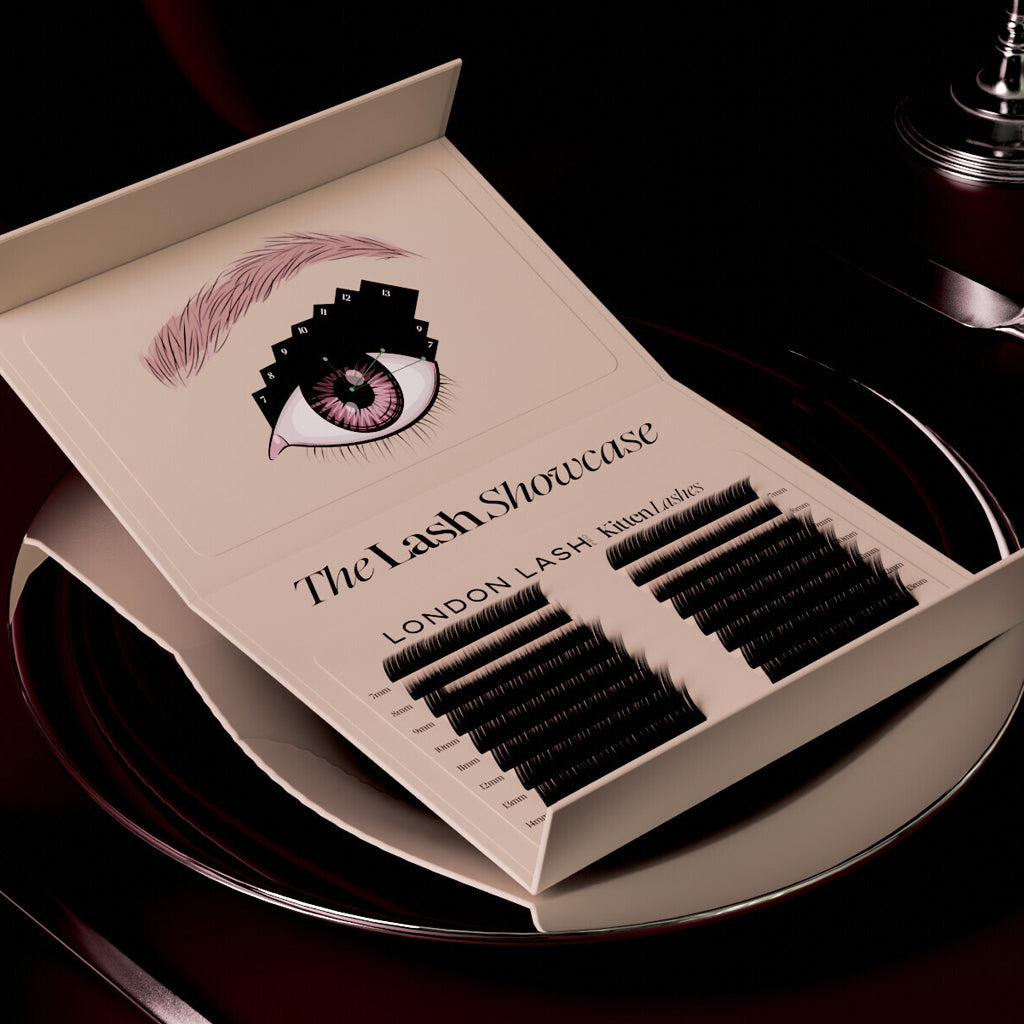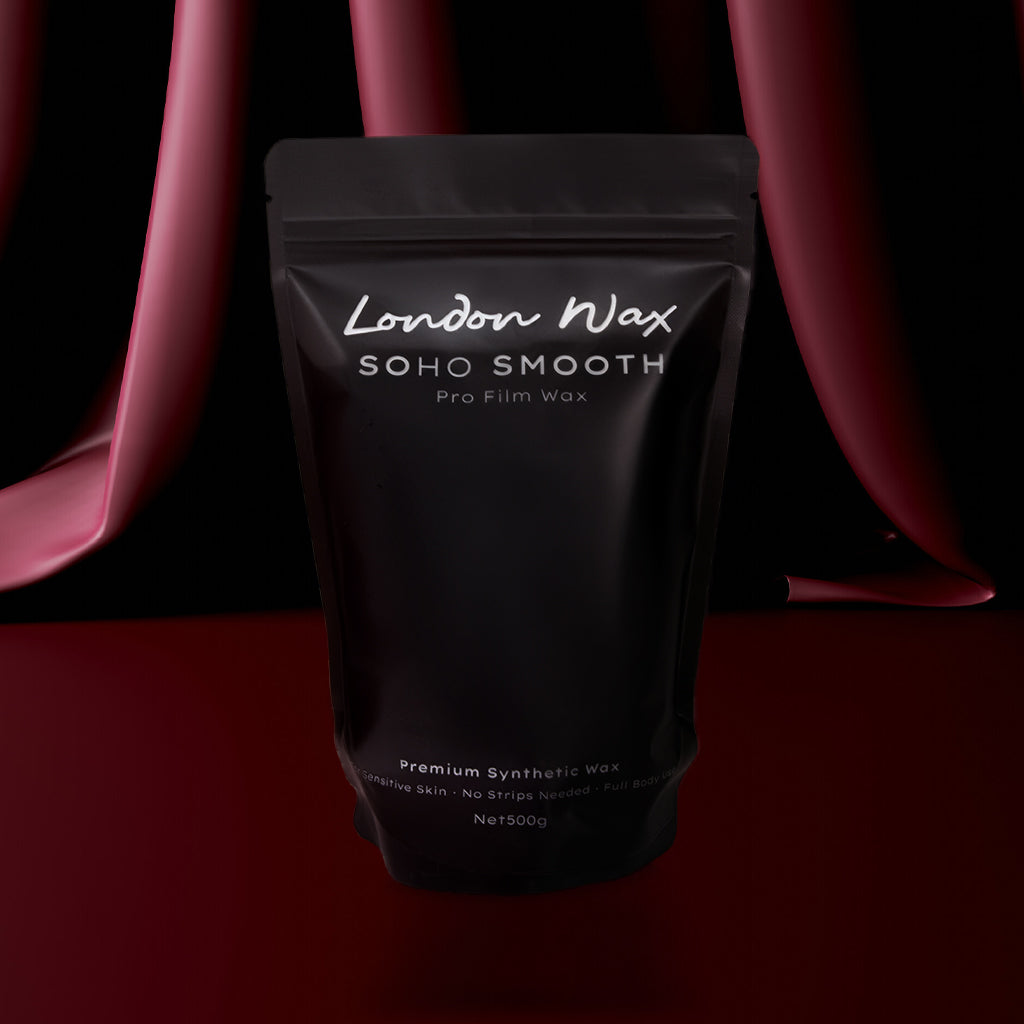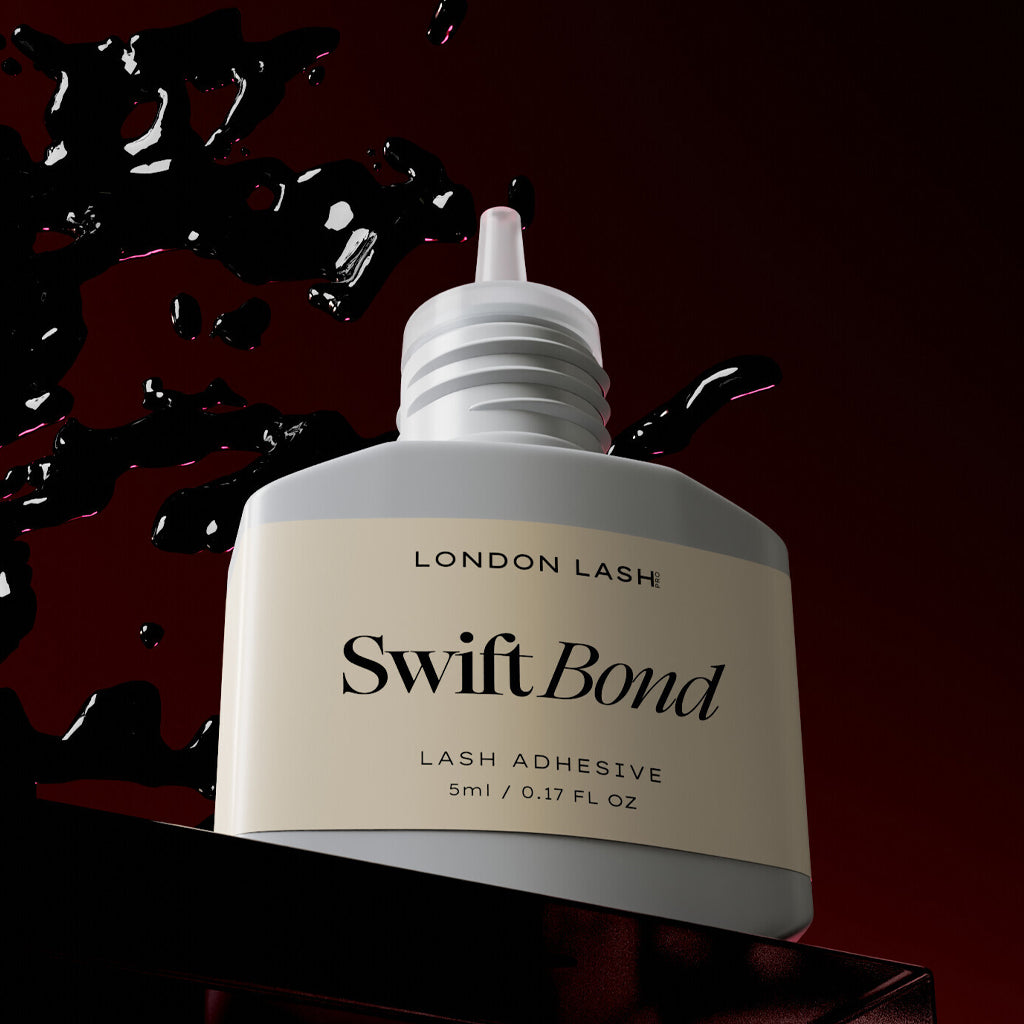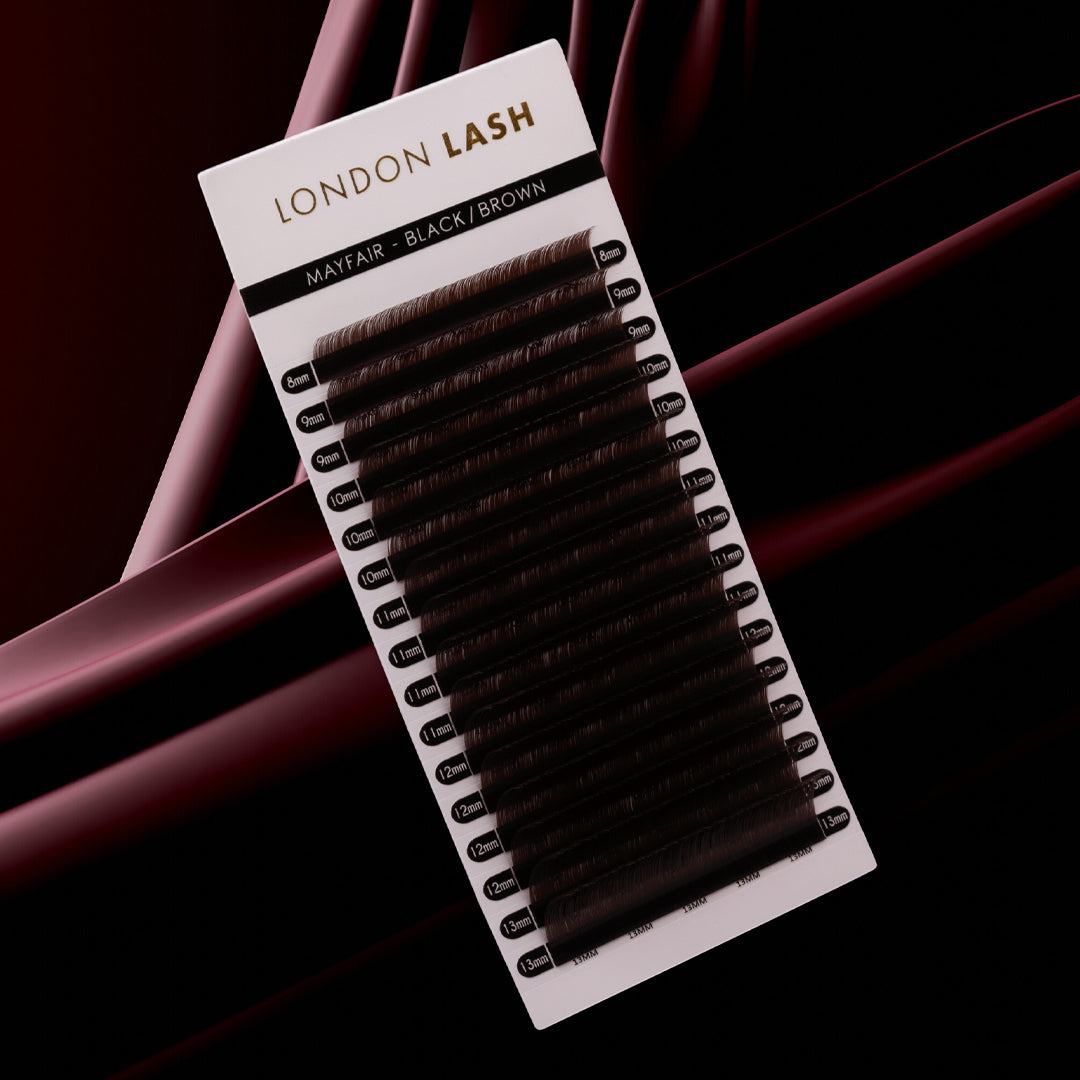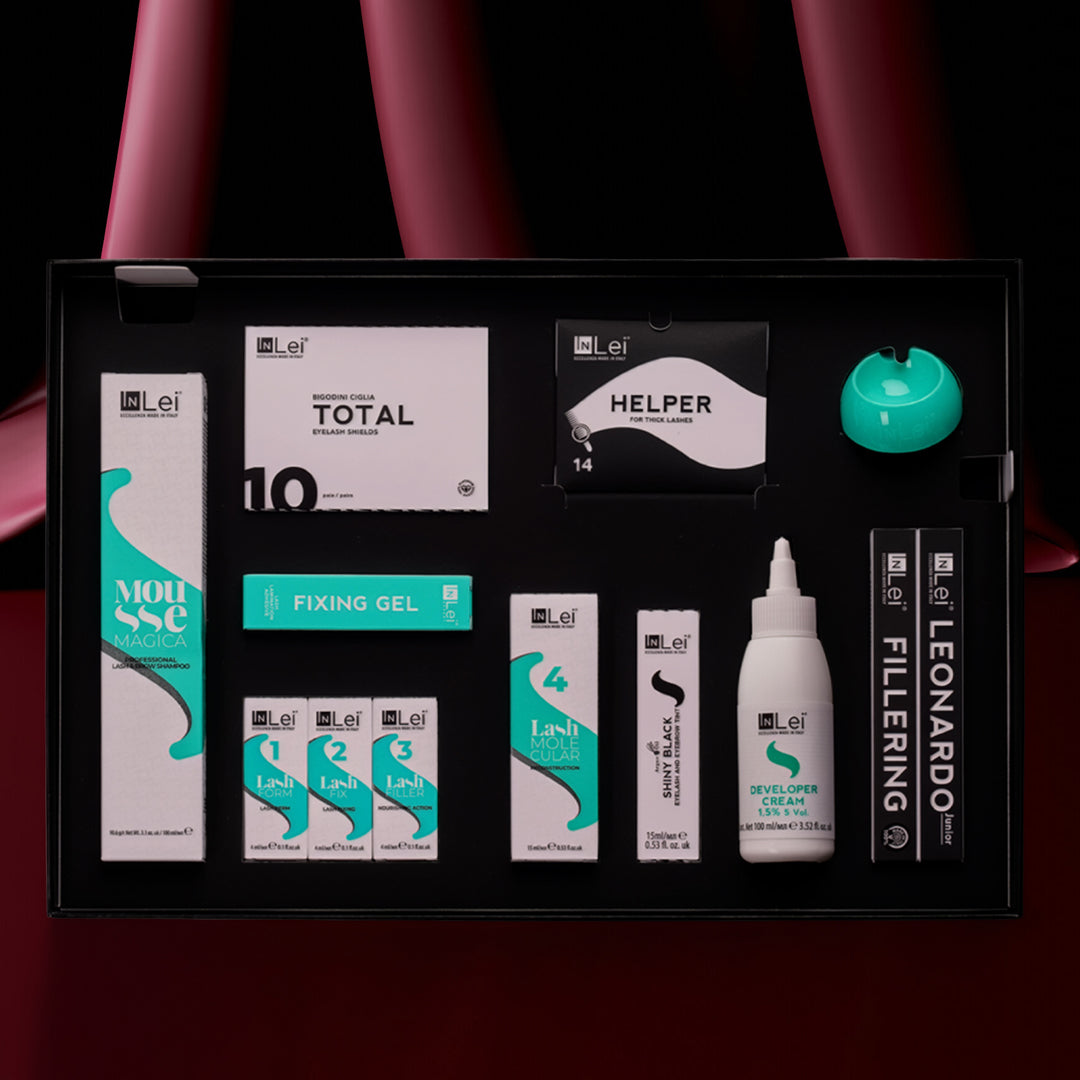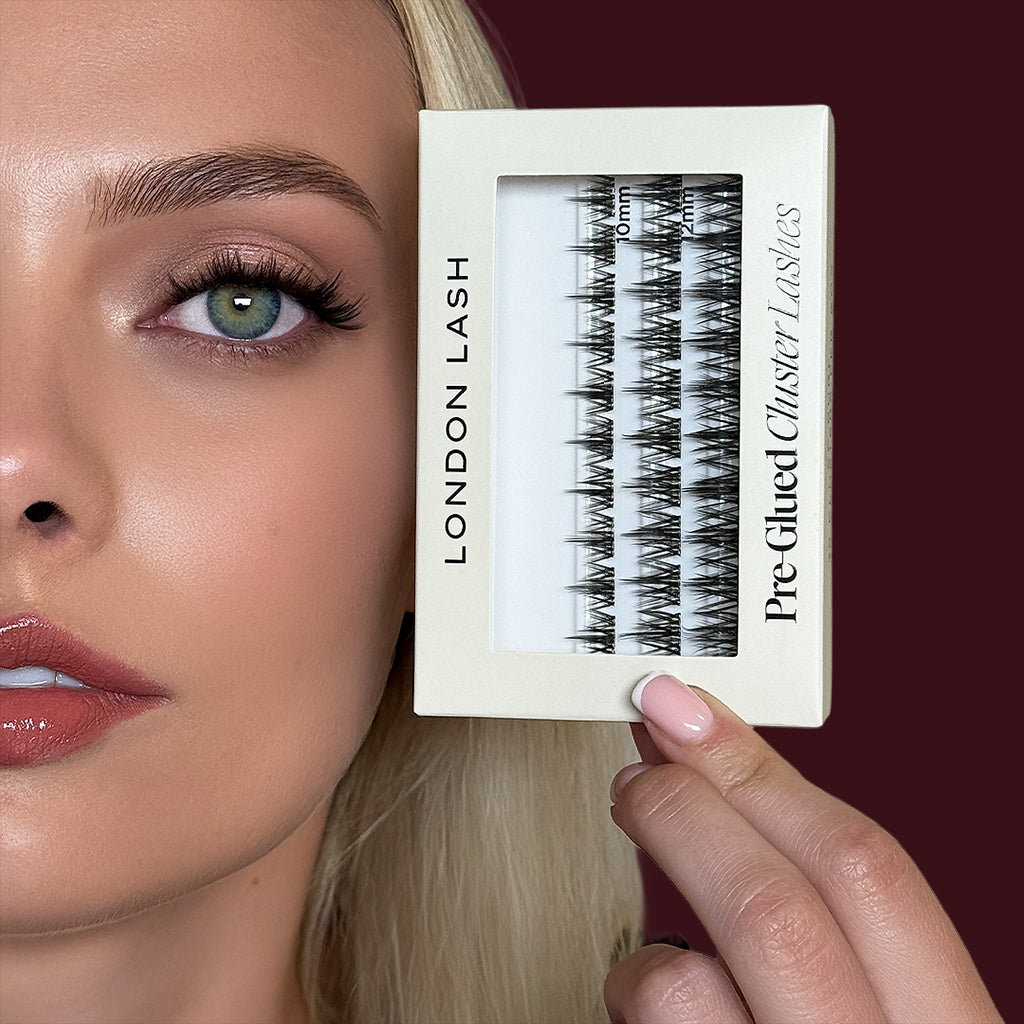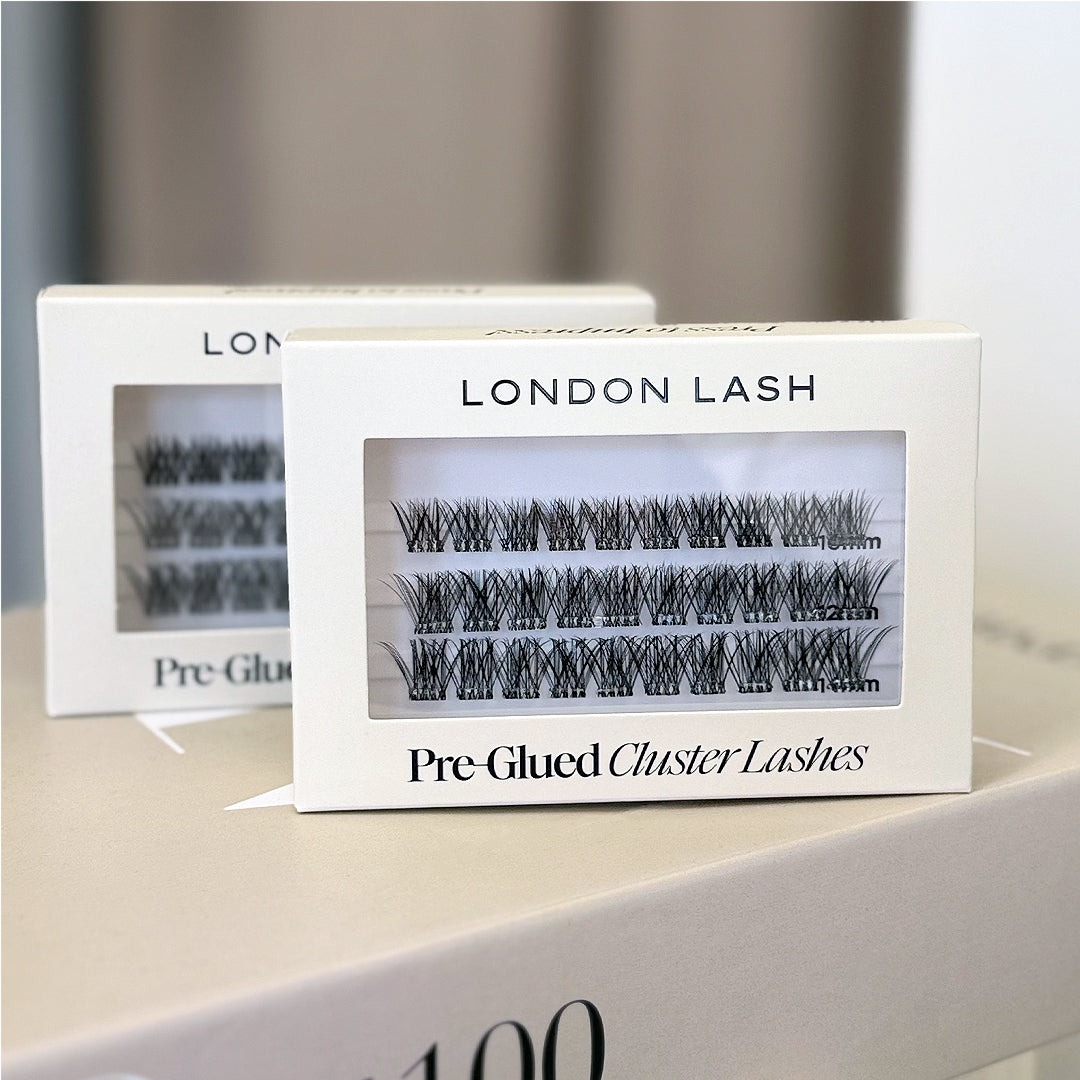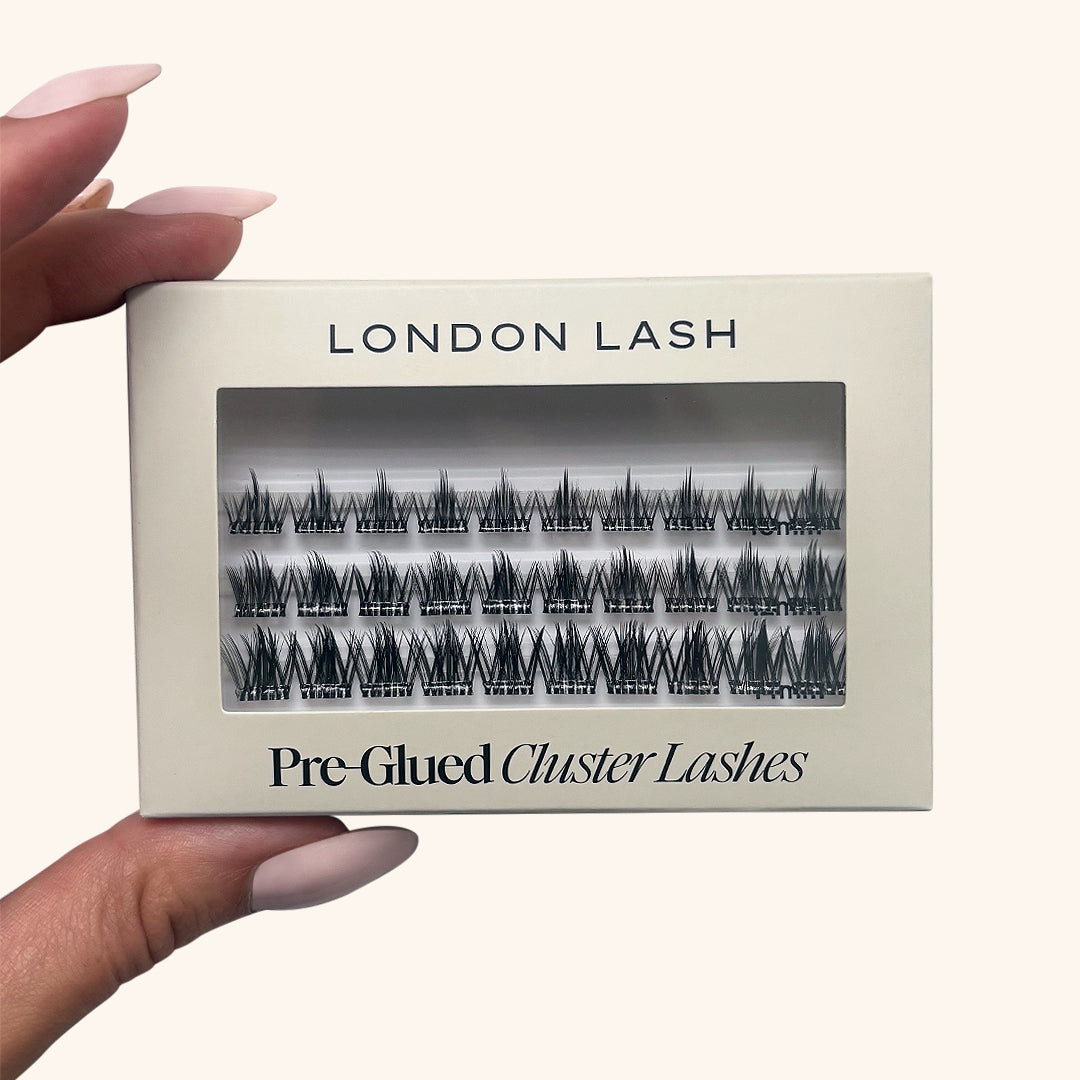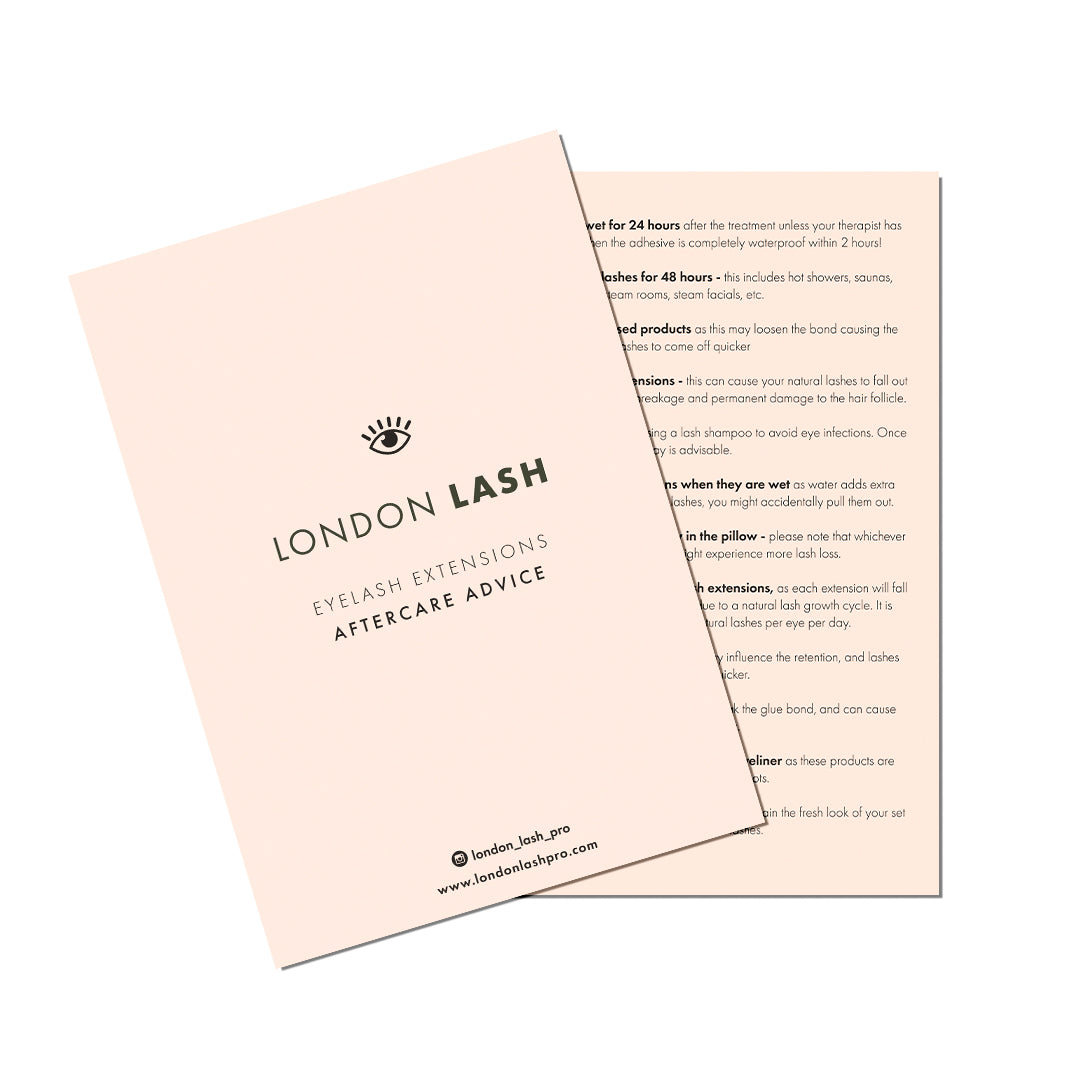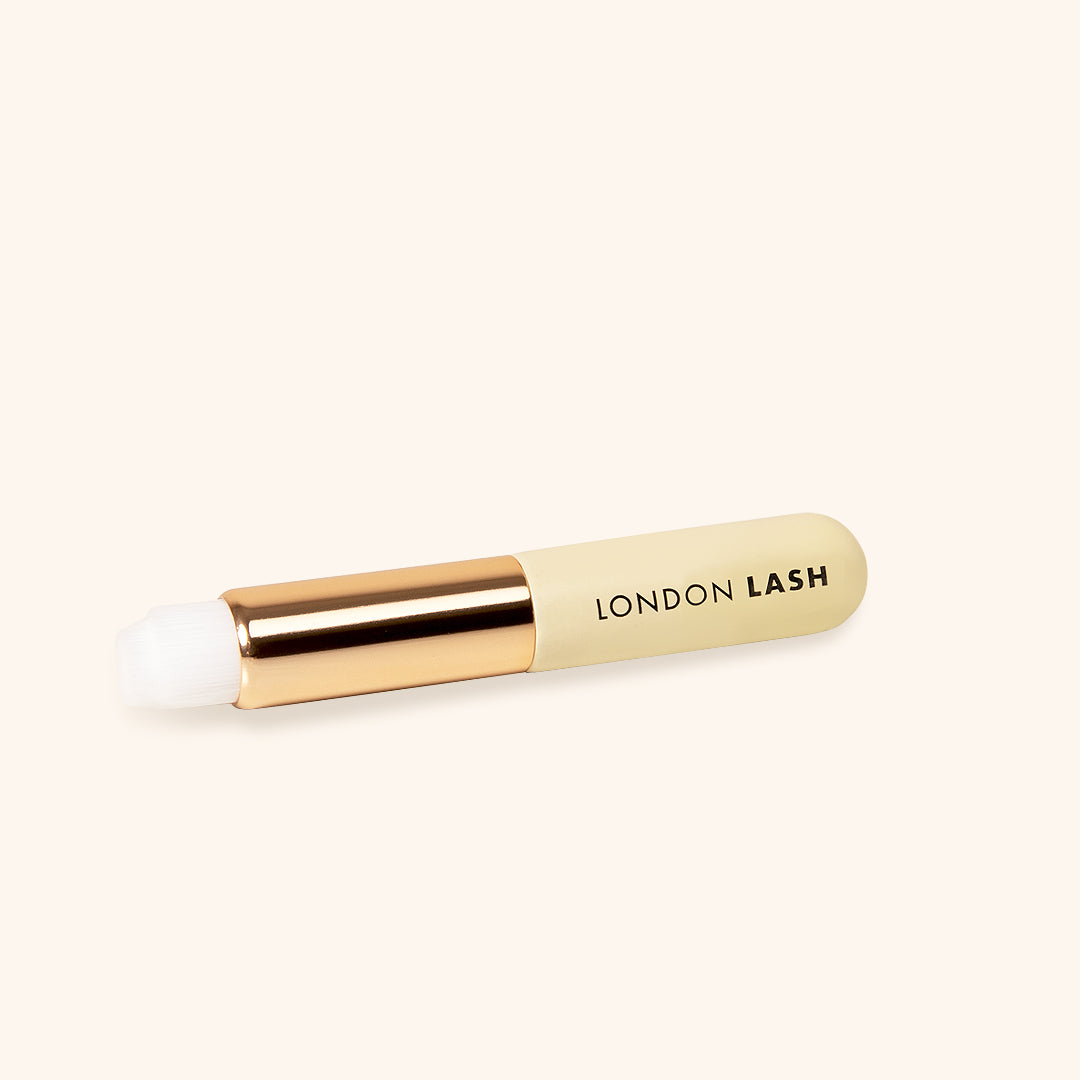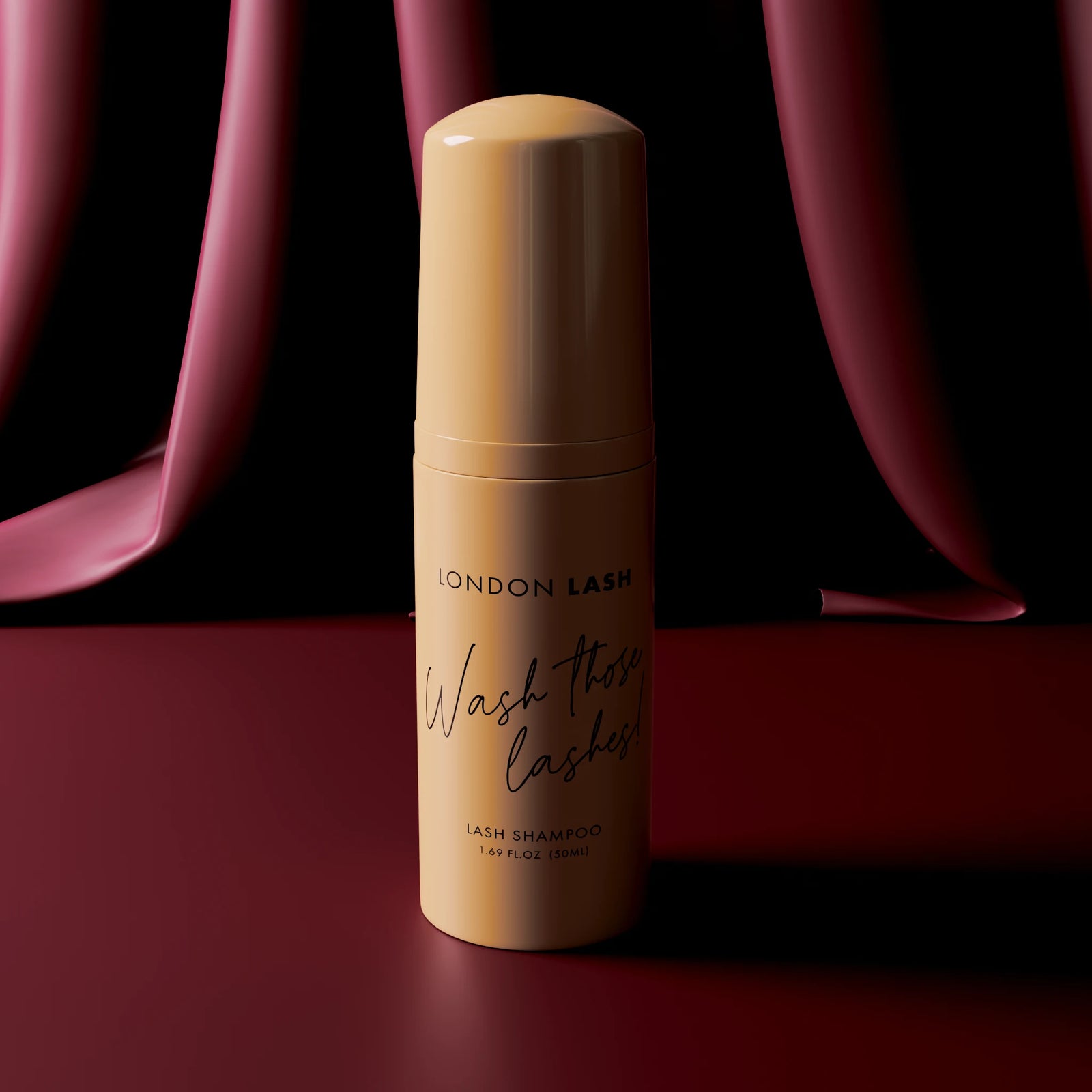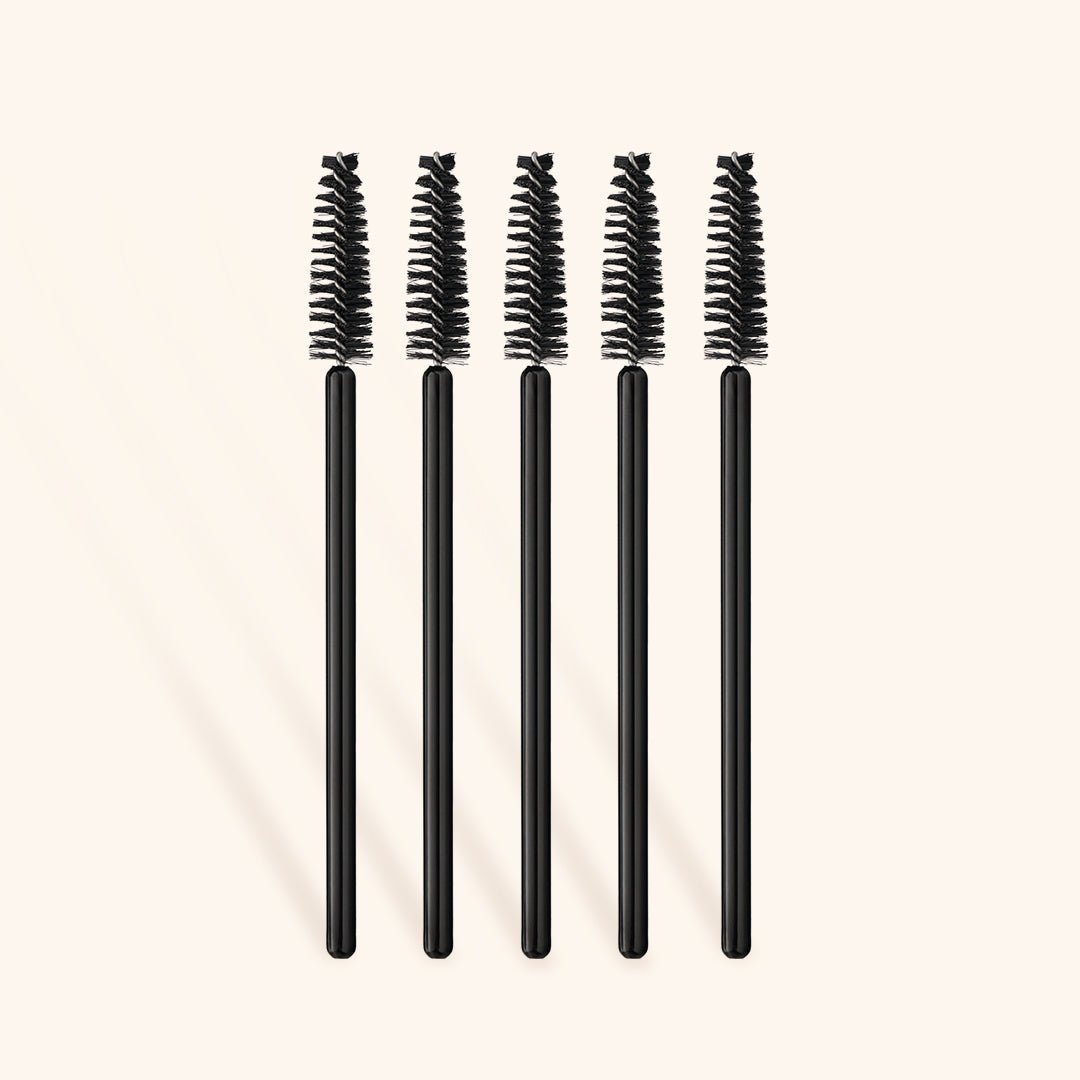Glues & Liquids
EYELASH EXTENSIONS
ONLINE TRAINING
Educators Club
UP TO 80% OFF
Pre-Glued Cluster Lashes
Our PRE-GLUED CLUSTER LASHES
Seasonal Lash Shedding - Fact or Fiction?
4 min read
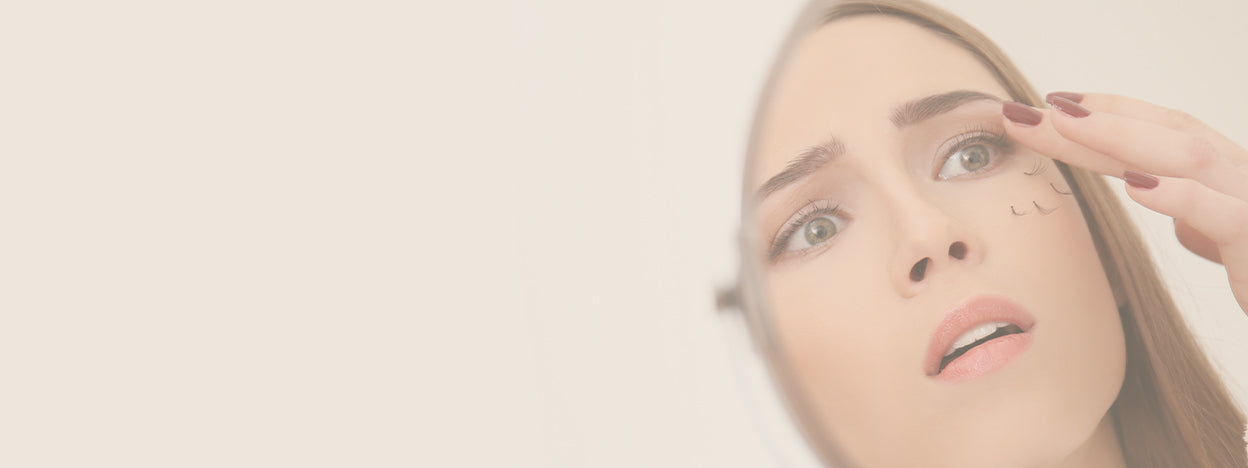
Everything You Need To Know About Seasonal Eyelash Shedding
It is a widely debated topic, but lash shedding is basic human biology. You may associate the lash shedding with spring - it is spoken about more in the spring - but lash shedding is also prevalent in the autumn too!
Think about a cat or dog, and how in the spring or autumn they start shedding all of their fur to make way for a thinner, cooler coat, or a thicker, warmer one. Humans do the same, it just tends to be less noticeable (that is, until we start adding Eyelash Extensions).

As you probably know from having studied the hair growth cycle during your lash extension course, our natural eyelashes generally have around a 60-90 day growth, before naturally shedding. Of course, the individual lashes are on different cycles which is why (generally speaking) we need lash extension infills every three weeks or so to keep a lash set looking nice and full.

In the spring and autumn seasons, this process is sped up to make way for our summer or winter ‘coat’ - don’t forget, humans used to be covered in much thicker hair to protect us from the elements, of course, we have much less now! It’s only really in more recent years that we’ve taken to removing as much body hair as we can - generally speaking - so to that end, you may not have noticed that arm and leg hairs become thicker in the winter.
But wait! How come the hair on our head doesn’t do the same? Well, it does. But the growth cycle on your head is far longer than your lashes and eyebrows, and it grows more gradually too. We do shed our hair, but we do it for longer, and it takes longer for the hair to actually grow back.
There are also thousands more hairs on your head than are on your lash line and your brows, so it’s more difficult to notice. You may spot little flyaway baby hairs from time to time, and you’ve probably seen more hair in the brush or shower in certain seasons - this is your hair shedding.
What Else Can Affect Your Hair Growth Cycle?
- Pregnancy - most prevalent in the 1st and 3rd trimester due to massive hormonal changes.
- Breastfeeding - hormonal
- Menstruation - hormonal
- Sickness - high body temperatures can kill off the hair follicle causing some hair loss - this can be seen almost right away with your lashes and brows, but with the hair on your head, it can happen a couple of months afterwards, when the new hairs start to push the dead hairs out of their follicle.
- Chemotherapy - this is a harsh and invasive treatment which attacks the body’s cells - hairs can often just be pulled out with the least effort.
- Alopecia - a medical condition which causes full or partial hair loss.
- Some medications can cause hair loss.
- Metabolic imbalances
- Stress
- Improper nutrition
In short, our hair is fickle. It sticks around when it wants to and when it’s had enough, it’s gone. Unfortunately, there is nothing any of us can do to slow down a fast growth cycle or prevent our own biology from doing its thing - what we can do is explain this to our clients to manage our clients' expectations, and maybe book them in for more frequent eyelash extension infills at this time of year.

How Can We Manage Client Expectations Better?
- Inform your clients during consultations or via social media posts about the potential for seasonal lash shedding so they know in advance that this is something they may experience.
- Assure them that seasonal lash shedding will only last for a cycle or two and then everything goes back to normal.
- Advise clients to take care of their bodies during the autumn season by supplementing in essential vitamins and proper nutrition. Taking care of ourselves from the inside out becomes even more important at this time of year - hair is not deemed essential to your survival, so if your body needs extra nutrients due to the cold outside, your body will think nothing of taking its attention away from nurturing hair growth so that the focus can shift to organs and fat storage which are necessary for survival.
- Avoid situations that can cause advanced hair loss, for example stress - inform your clients that they need to make sure they relax as much as possible (eyelash extensions treatments are great for that, coincidentally).
- Remember aftercare - more than ever your clients need to ensure that they take excellent care of their lashes - cleaning them with a Lash Shampoo and Cleansing Eyelash Brush, and brushing them daily with a spoolie. No picking them or playing with them and try not to sleep facedown. Basically, avoid upsetting the hair follicle!
- Most important are more frequent infills during this period; it is recommended that infill time drops to 2-3 weeks maximum to ensure any grown out lashes are removed and gaps are filled in.

We hope that you have found this blog post useful in understanding what seasonal lash shedding is and that you feel more confident in explaining it to your clients to help them put to rest any concerns they may have had about lash shedding season and you are able to manage their expectations when it comes to the retention and aftercare required for their eyelash extensions.
Check out these featured products
Subscribe
Sign up to get the latest on sales, new releases and more …
